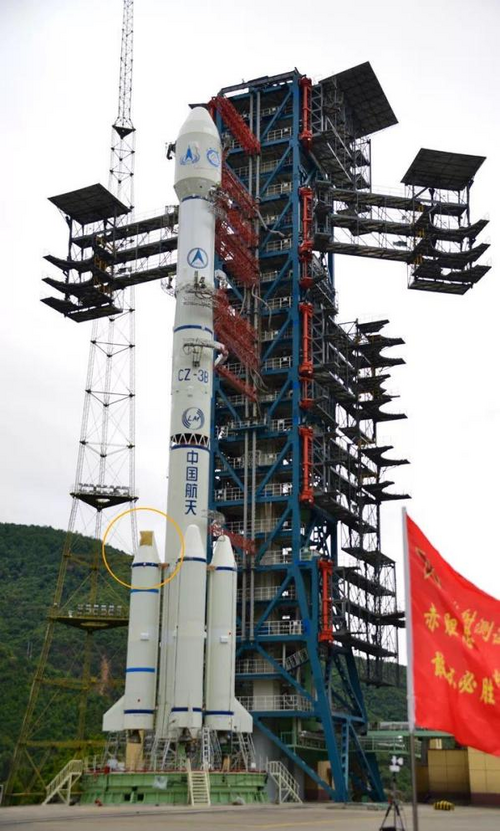The space station’s core Tianhe module is powered by four ion drives – also known as Hall effect thrusters – a form of electronic propulsion that has been around for decades and could dramatically slash the time needed to travel to the red planet.
The International Space Station, for instance, consumes over four tonnes of fuel annually to stay in its near-Earth orbit. If powered by ion thrusters, its consumption would drop to 400kg (881lbs), requiring just one refuelling mission a year, according to the Chinese Academy of Sciences.
Most ion thrusters that have been used in space generate around 1 kilowatt in power, but China is planning to make them much bigger as part of its ambitious space programme.
Heng wrote that in Shanghai, ground testing had started on HET-3000, a 50KW engine “designed mainly for large-scale crewed missions, cargo transport missions to the moon and Mars”.
When fired up, the ion drive produces bluish fumes and halo rings that are caused by extremely hot, electrically charged particles leaving the engine at 30-plus times the speed of sound.
The Chinese team have been testing the thrusters to the limit to ensure the engines can withstand the damage caused by the particles well enough to be used safely in manned missions. According to the Chinese Academy of Sciences, the ion drive has burned non-stop for 8,240 hours – or more than 11 months – without a glitch, an indicator that they can easily meet the Chinese space station’s designated 15-year lifespan.
To protect the engine from erosion, researchers put a magnetic field over the engine’s inner wall to repel damaging particles. Chinese scientists have also created a special ceramic material designed to remain stable for a long time in the face of extreme heat or radiation.
The Tiangong’s core module is set to become the first crewed vessel powered by ion drives – a technology that could slash journey times to the red planet.

www.scmp.com
View: https://www.youtube.com/watch?v=0xXOrvNyqtw












